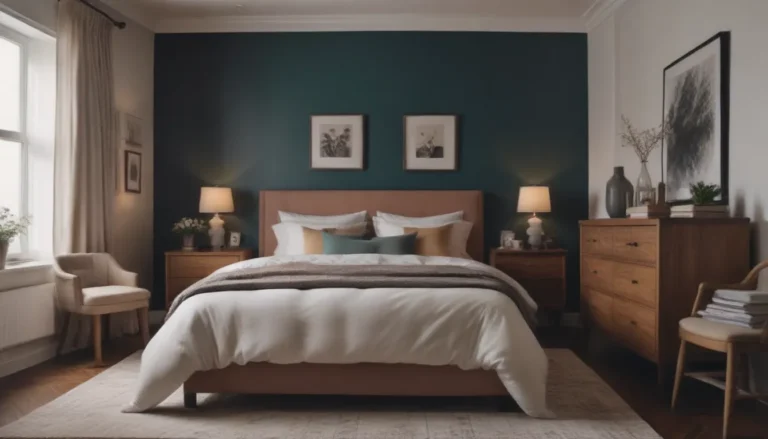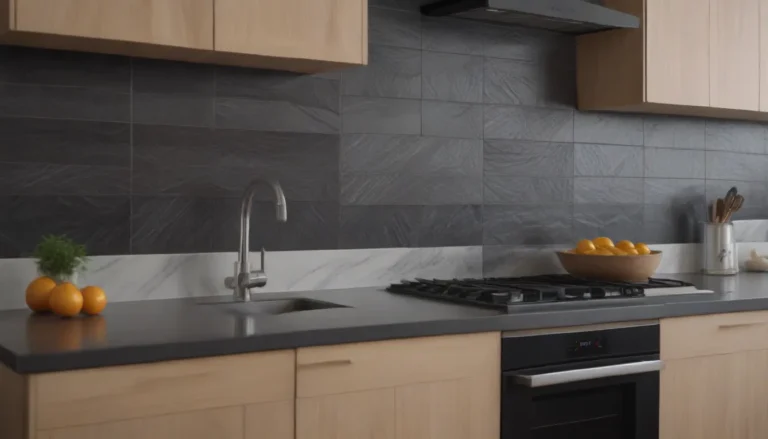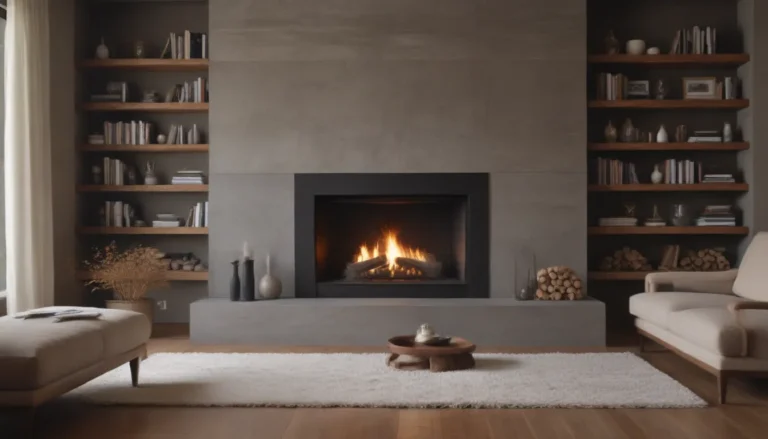The Art of Faux Painting: Techniques, Ideas, and History

Are you looking to add a touch of sophistication and artistry to your walls, counters, or furniture? Faux painting is a fantastic way to achieve high-end finishes without the hefty price tag of natural materials. From replicating the look of stone or marble to creating your own unique paint finishes, faux painting offers a world of possibilities. In this in-depth guide, we’ll explore the history, techniques, and ideas behind faux painting so you can unleash your creativity and transform your space.
Unveiling the World of Faux Painting
Faux painting, also known as faux finish, encompasses a wide range of decorative paint techniques aimed at creating the illusion of various materials. Whether you want your walls to resemble brick, marble, or wood, faux painting allows you to achieve the desired look without breaking the bank. The term “faux” itself originates from French, meaning “false” or “fake.” It’s important to note that faux painting should not be confused with other textured wall techniques like stippling with drywall compound.
A Glimpse into Faux Painting’s Rich History
The roots of faux painting can be traced back to classical times, where aspiring artists would apprentice under master faux painters for years to perfect their craft. These artists were praised for their ability to deceive viewers into believing that their work was real. Faux painting experienced various revivals throughout history, making notable appearances in neoclassical revival and Art Deco styles of the 19th and 20th centuries.
Did you know? The origins of what we now recognize as faux painting date back over 5,000 years to Mesopotamia, where plaster and stucco finishes were first used in interior design and decorating.
Mastering Faux Painting Techniques
In contemporary faux painting, two primary techniques reign supreme:
- Glaze painting:
- Plaster application:
Let’s delve deeper into some popular faux decorative paint techniques that can elevate the aesthetic of your space:
Color Washing
Color washing is a faux painting technique that exudes old-world elegance and is ideal for traditional interiors. To achieve this look, start by applying a base color to your walls and then use a rag or sponge to apply a thin layer of contrasting glaze in a circular motion. Experiment with lighter or darker glazes to create a desired aged patina effect.
Rag Rolling
Similar to sponge painting, rag rolling utilizes a twisted rag to create a distinct mottled effect on your walls. Apply a base coat and then use the rag to apply glaze in random directions, creating unique patterns. Alternatively, specialized rollers can expedite the process and yield stunning results.
Linen Weave
Lend your walls a fabric-like texture with a linen weave faux painting technique, also known as strie. By dragging a dry brush through a wet glazed surface, you can achieve a striking “weave” effect. This technique pairs beautifully with traditional interiors and can even be applied directly to wood paneling for an aged appearance.
Mottling
Mimicking the look of frescoed plaster walls, mottling creates a parchment or leathery finish that is reminiscent of old villas. Blot, dab, and swirl glaze over the surface in random layers until you achieve the desired aesthetic, making it an ideal backdrop for Mediterranean-style architecture.
Tea Staining
If you crave the charm of aged walls, consider tea staining as a faux painting technique. This method involves using a clear glaze mixed with your base paint to achieve an antiqued effect. Experiment with spraying water on the walls to perfect the staining process and create a warm, rustic ambiance.
Venetian Plaster
Venetian plaster is a luxurious faux painting technique that mirrors the look of stucco surface coating. Made from fired limestone and crushed marble mixed with water, Venetian plaster imparts a sophisticated finish to walls. With practice, you can achieve a polished marble appearance that is perfect for traditional to modern interiors.
Metals Patinas
Transform your surfaces with a weathered patina of copper or bronze using the verdigris faux painting technique. Alternatively, create a “new” faux patina using metal spray paint for a contemporary twist. Experiment with various shades and techniques to achieve the desired metallic effect.
Crackle
For an antiqued or distressed finish, embrace the crackle faux painting technique. By using a water-based paint with crackling medium or glue, you can infuse your surfaces with character and charm. Ideal for wood surfaces, crackle works well in modern farmhouses and rustic interiors.
Sponging
Create a multicolored, textured wall with the sponging technique, which involves dabbing various colors onto a base coat. Whether you desire a bold or subtle effect, sponging can impart depth and visual interest to your space. Experiment with different glazes and sheens to achieve your desired aesthetic.
Marbling
Emulate the veined look of marble on surfaces like countertops, tables, or walls with the marbling faux painting technique. By using white, light gray, and dark gray paint, you can create striking marble veins that add a touch of sophistication to traditional to modern interiors.
Faux Stone
Enhance your surfaces with the elegance of faux granite finishes that exude sophistication. By layering coordinating base colors and sponging on glaze, you can achieve the luxurious appearance of granite. Mimic the intricacies of granite patterns by experimenting with various colors and veining techniques.
Antiquing
Vintage enthusiasts will appreciate the antiquing faux painting technique, which involves distressing furniture and cabinetry with light-colored flat paint and a darker glaze. This method adds a touch of age and character to pieces, creating a timeworn allure.
Limewashing
Achieve a soft, suede-like or plaster-like sheen on your walls with the simple yet impactful limewashing technique. Using a paint made from lime and colorant, limewash imparts an opaque and chalky finish that complements a variety of decor styles. Note that limewash is distinct from whitewash, offering a more substantial and nuanced finish.
Pickling Wood
Stain wood with a transparent white finish using the pickling wood technique to brighten up your space and enhance the natural grain of the wood. Commonly used on oak, pine, and ash, pickling wood adds a touch of brightness and depth to your wooden surfaces.
Wood Graining
Imitate the intricate grains of wood on a plain surface with the wood graining technique. By using latex paint and a wood grain tool, you can simulate the appearance of wood with remarkable detail. From traditional to modern interiors, wood graining adds depth, color, and dimension to your walls.
Faux painting is a timeless technique that not only beautifies your space but also camouflages imperfections on your walls. Consider using acrylic or latex paint for faux finishes, bearing in mind that alkyd paint may be necessary for slower drying times. While DIY faux painting projects are cost-effective and rewarding, hiring a professional faux painter can elevate the finish of your project with an average cost of $2,400 depending on the size and scope of the undertaking.
Faux painting, derived from the French word for “false,” encompasses a plethora of techniques to replicate various materials, textures, and surfaces. Often used interchangeably with “decorative painting,” faux painting offers endless creative possibilities for homeowners and designers alike.
Conclusion
In conclusion, faux painting is a versatile and artistic way to enhance the aesthetic of your living space. Whether you’re aiming to recreate the look of marble, wood, or granite, faux painting techniques allow you to unleash your creativity and transform your walls, furniture, and surfaces with stunning finishes. By mastering the art of faux painting, you can elevate the ambiance of your home and infuse it with elegance and sophistication. So roll up your sleeves, grab your paintbrushes, and embark on a faux painting journey that will breathe new life into your living space.





